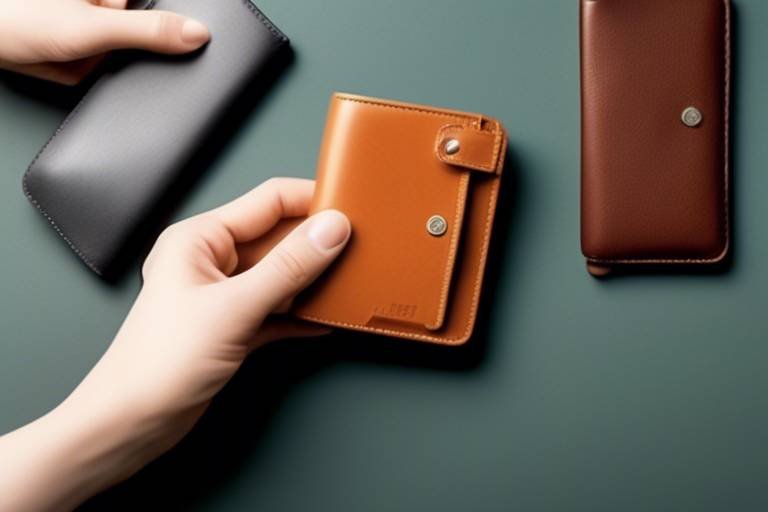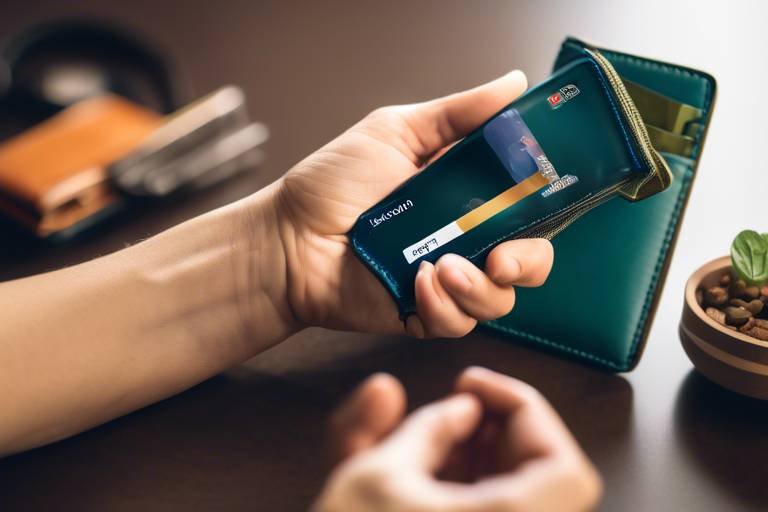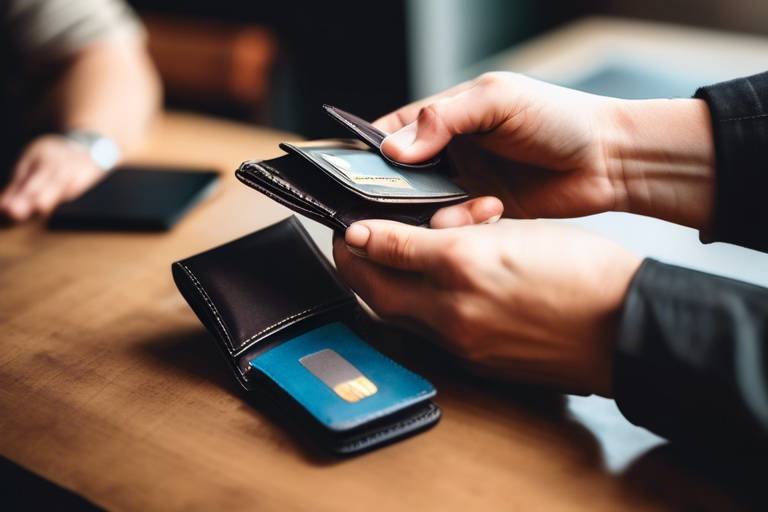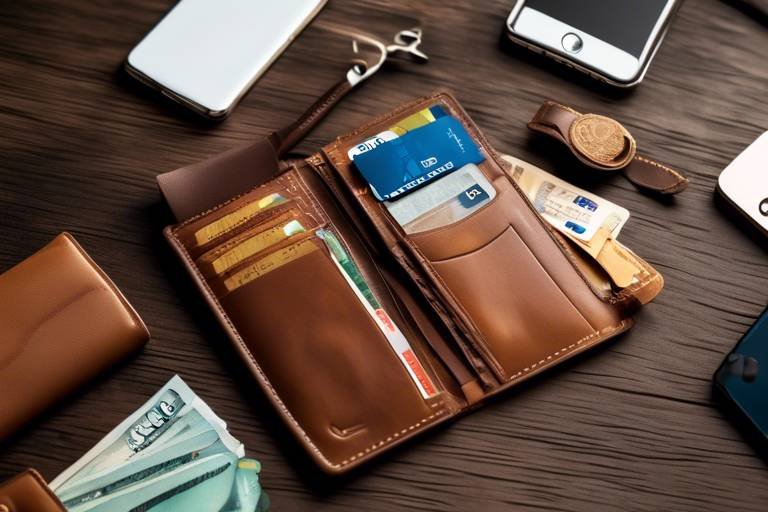How to Use Limit Orders on Crypto Exchanges
In the fast-paced world of cryptocurrency trading, having a solid strategy can mean the difference between profit and loss. One of the most effective tools at your disposal is the limit order. This article explores the concept of limit orders in cryptocurrency trading, detailing their functionality, advantages, and best practices for maximizing trading efficiency on various exchanges. So, if you've ever wondered how to take control of your trades and avoid the pitfalls of market volatility, you’re in the right place!
Limit orders allow traders to set a specific price at which they want to buy or sell an asset, providing greater control over trade execution compared to market orders. Imagine you're at a flea market, and you find a vintage watch. You know its worth, but you don’t want to pay more than a certain amount. You tell the seller, "I'll buy it for $100." If the seller agrees, you get the watch at your desired price. Similarly, in crypto trading, a limit order lets you specify the exact price you want to buy or sell, ensuring you don’t end up overpaying or underselling.
Utilizing limit orders can help traders manage risk effectively, avoid slippage, and take advantage of price fluctuations without needing constant market monitoring. Here are some key advantages:
Limit orders enable traders to specify the exact price they are willing to pay or receive, ensuring they do not execute trades at unfavorable prices. This control is vital, especially in a market where prices can swing dramatically in seconds. By setting your limit, you can sleep easy knowing your trades won’t go through at a price you didn’t intend.
By using limit orders, traders can minimize slippage, which occurs when the execution price differs from the expected price, particularly in volatile markets. Think of slippage like trying to buy a ticket for a concert—the price might jump just as you're about to click "buy." With a limit order, you can avoid that sudden price increase, ensuring you get the ticket at your desired price.
Limit orders are particularly beneficial in volatile market conditions, allowing traders to set their desired price points and avoid impulsive decisions. When the market is unpredictable, having a plan in place can prevent emotional trading, which often leads to poor decisions. Instead of reacting to every price change, you can stick to your strategy and let the market come to you.
Identifying the right moments to place limit orders can enhance trading strategies, particularly during market trends or specific asset movements. For example, if you notice a cryptocurrency consistently bouncing between two price points, you might set a limit order at the lower point, waiting for the market to dip before buying. This strategic approach can lead to more favorable trade outcomes.
Placing a limit order involves selecting the desired price and quantity on a crypto exchange, a straightforward process that requires understanding the platform's interface. While it sounds simple, the nuances of each exchange can vary significantly, so it's crucial to familiarize yourself with the specific platform you choose.
Different exchanges may have varying interfaces and features, so selecting one that suits your trading needs is crucial for effective limit order placement. Some popular exchanges include:
- Binance
- Coinbase Pro
- Kraken
- Bitfinex
Each platform offers unique functionalities, so take the time to explore and find the one that aligns with your trading style.
Many exchanges offer customizable limit order types, enabling traders to set conditions such as time frames or specific triggers for execution. For instance, you can set a limit order to expire after a certain period if it hasn’t been executed. This flexibility can help you manage your trades more efficiently and adapt to changing market conditions.
Traders should be aware of common pitfalls when using limit orders, such as setting unrealistic prices or failing to monitor market changes. Avoiding these mistakes can save you from unnecessary frustration and potential losses.
Placing limit orders at prices that are too far from the current market price can result in missed opportunities and unexecuted trades. If you set a buy limit order at a price significantly lower than the current market value, you might find yourself waiting indefinitely while the market moves on without you.
Ignoring ongoing market trends and conditions can lead to ineffective limit order strategies, making it essential to stay informed about market movements. Regularly checking market news and price charts can provide valuable insights that help refine your trading approach.
Q: What is a limit order?
A: A limit order is a type of order to buy or sell a cryptocurrency at a specific price or better, giving traders greater control over their trades.
Q: How does a limit order differ from a market order?
A: A market order executes immediately at the current market price, while a limit order only executes at the specified price or better.
Q: Can I cancel a limit order?
A: Yes, most exchanges allow you to cancel limit orders before they are executed.
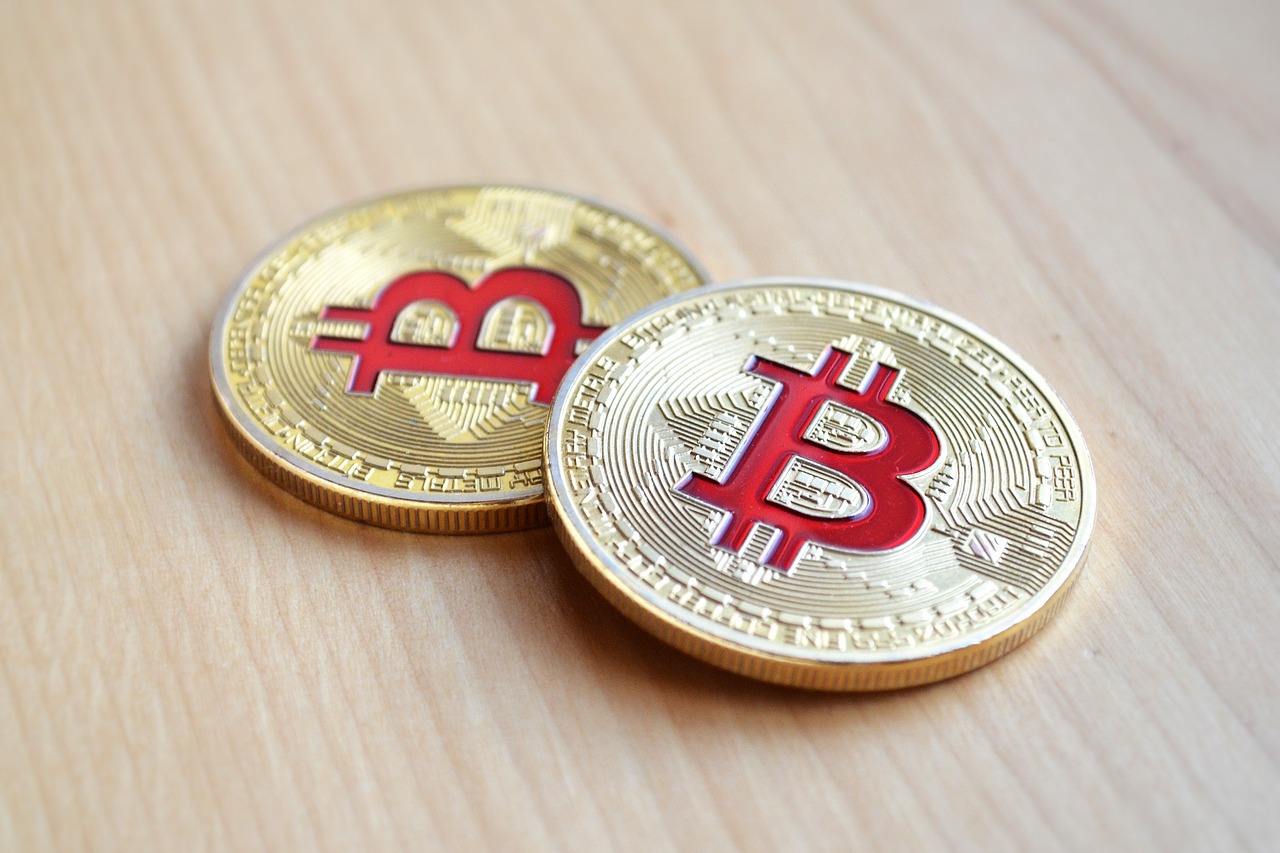
Understanding Limit Orders
This article explores the concept of limit orders in cryptocurrency trading, detailing their functionality, advantages, and best practices for maximizing trading efficiency on various exchanges.
When diving into the world of cryptocurrency trading, one of the most essential tools at your disposal is the limit order. But what exactly is a limit order? In simple terms, a limit order is a type of order that allows you to specify the exact price at which you want to buy or sell an asset. This feature gives traders a significant edge, as it provides greater control over trade execution compared to a market order, which executes immediately at the current market price.
Imagine you're at a flea market, and you see a beautiful antique vase. However, you only want to pay $50 for it. Instead of buying it immediately at the seller's asking price of $75, you tell the seller, "I'll buy it for $50." This is similar to how a limit order works in crypto trading. You set your price, and your order will only be executed if the market reaches that price. This way, you avoid the risk of overpaying and can make more informed trading decisions.
Limit orders come in handy in various scenarios, particularly when the market is experiencing volatility. For instance, if you want to buy Bitcoin but believe the price will drop soon, you can place a limit order at your desired price. If the market hits that price, your order will be executed automatically. This not only saves you from constantly monitoring the market, but it also helps you stick to your trading strategy without getting swept away by emotions.
To better understand the functionality of limit orders, let's break down how they work:
| Order Type | Description |
|---|---|
| Buy Limit Order | An order to buy an asset at or below a specified price. |
| Sell Limit Order | An order to sell an asset at or above a specified price. |
In essence, limit orders are a strategic tool that can enhance your trading experience. They empower you to take control of your trades and execute them under your terms. However, it’s important to remember that while limit orders offer flexibility, they also require a certain level of market awareness. Setting a limit order without considering current market conditions might lead to missed opportunities. Therefore, understanding when and how to use limit orders effectively is crucial for any trader looking to navigate the crypto landscape successfully.
Utilizing limit orders can help traders manage risk effectively, avoid slippage, and take advantage of price fluctuations without needing constant market monitoring.
Limit orders enable traders to specify the exact price they are willing to pay or receive, ensuring they do not execute trades at unfavorable prices.
By using limit orders, traders can minimize slippage, which occurs when the execution price differs from the expected price, particularly in volatile markets.
Limit orders are particularly beneficial in volatile market conditions, allowing traders to set their desired price points and avoid impulsive decisions.
Identifying the right moments to place limit orders can enhance trading strategies, particularly during market trends or specific asset movements.
Placing a limit order involves selecting the desired price and quantity on a crypto exchange, a straightforward process that requires understanding the platform's interface.
Different exchanges may have varying interfaces and features, so selecting one that suits your trading needs is crucial for effective limit order placement.
Many exchanges offer customizable limit order types, enabling traders to set conditions such as time frames or specific triggers for execution.
Traders should be aware of common pitfalls when using limit orders, such as setting unrealistic prices or failing to monitor market changes.
Placing limit orders at prices that are too far from the current market price can result in missed opportunities and unexecuted trades.
Ignoring ongoing market trends and conditions can lead to ineffective limit order strategies, making it essential to stay informed about market movements.
Q: What is the main benefit of using limit orders?
A: The primary benefit is that limit orders give you control over the price at which you buy or sell, allowing you to avoid unfavorable market conditions.
Q: Can limit orders guarantee that my trade will execute?
A: No, limit orders do not guarantee execution. They will only execute if the market reaches your specified price.Q: How do I know when to set a limit order?
A: Consider setting limit orders during periods of market volatility or when you have a specific price target in mind based on your trading strategy.
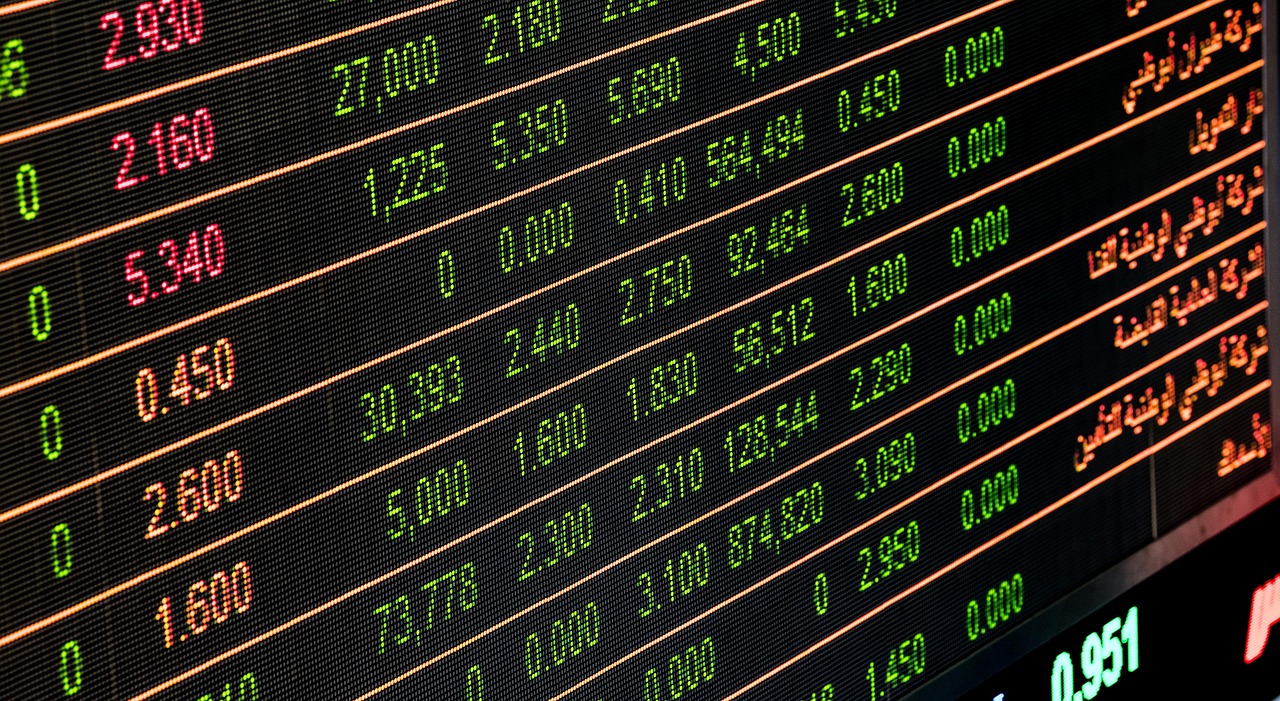
Advantages of Limit Orders
When it comes to trading cryptocurrencies, understanding the can significantly enhance your trading experience. Unlike market orders, which execute immediately at the current market price, limit orders give you the power to determine the price at which you want to buy or sell an asset. This means you can step back from the frenzy of the market and make more calculated decisions. Imagine you're at a bustling marketplace, and instead of rushing to grab an item at whatever price it is, you can set a price that feels right for you. This control is one of the primary benefits of using limit orders.
Another significant advantage is the ability to manage risk effectively. In the world of crypto trading, where prices can swing wildly, having a limit order in place can protect you from making impulsive decisions that could lead to losses. By setting your desired price beforehand, you can avoid the stress of constantly watching the market, which can often lead to hasty choices. Think of it as setting a safety net; you know that if the price hits your target, your trade will execute, but you’re shielded from the chaos in between.
Moreover, limit orders can help you avoid slippage. Slippage occurs when the price at which your order is executed differs from the expected price, a common issue in volatile markets. For instance, if you place a market order during a sudden price drop, you might end up selling at a much lower price than anticipated. With a limit order, you set the price, and if the market doesn’t reach it, your order simply won’t execute. This feature can be particularly beneficial during times of high volatility, where prices can change drastically within seconds.
Limit orders are also advantageous in capitalizing on price fluctuations. Imagine you’ve been eyeing a particular cryptocurrency, waiting for it to drop to a specific price before you buy. With a limit order, you can set that price and go about your day, knowing that if the market dips to your desired level, your order will be filled automatically. This allows you to take advantage of market movements without the need for constant monitoring.
In summary, the key advantages of using limit orders in cryptocurrency trading include:
- Price Control: You decide the price at which to buy or sell.
- Risk Management: Helps prevent impulsive trading decisions.
- Minimized Slippage: Protects against unfavorable price execution.
- Capitalizing on Fluctuations: Allows you to set your price and wait for the market to meet it.
What is a limit order?
A limit order is a type of order to buy or sell a cryptocurrency at a specific price or better. It gives traders more control over their trades compared to market orders.
How do I place a limit order?
To place a limit order, you need to select the cryptocurrency you want to trade, enter the price at which you want to buy or sell, and specify the quantity. This can usually be done through your chosen exchange's trading interface.
Can limit orders guarantee execution?
No, limit orders do not guarantee execution. If the market price does not reach your specified limit price, your order will not be filled.
Are there any risks associated with limit orders?
While limit orders can help manage risks, they also come with the risk of missing out on trades if the market moves quickly and does not reach your limit price.
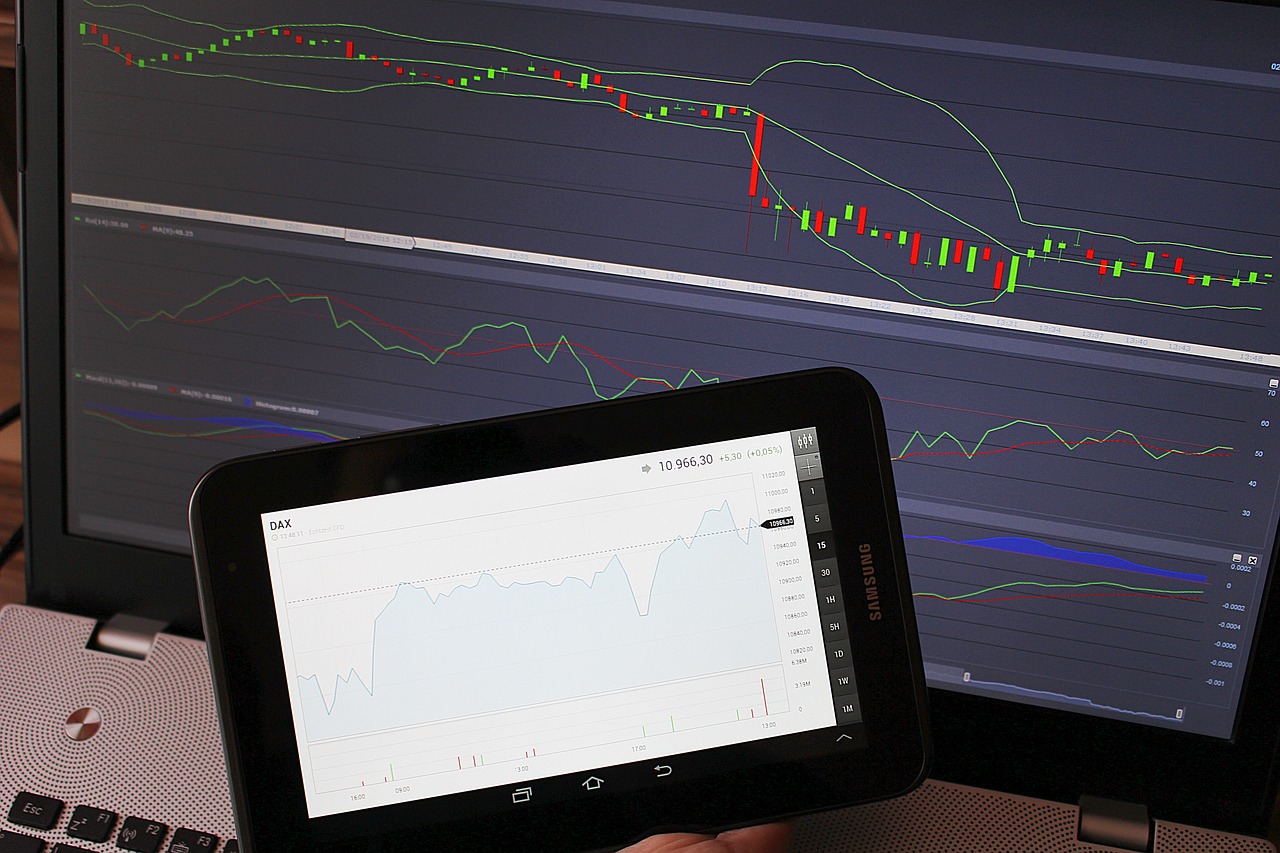
Price Control
When it comes to trading cryptocurrencies, one of the most powerful tools at your disposal is the limit order, and a significant part of its appeal lies in the it offers. Imagine you're at a bustling market, and you see a vendor selling your favorite fruit at a price that’s just a bit too high. Instead of purchasing it immediately, you decide to set a price that you’re comfortable with. This is essentially what a limit order allows you to do in the world of crypto trading.
With limit orders, you can specify the exact price at which you want to buy or sell an asset. This means you won’t have to worry about executing trades at unfavorable prices that could lead to losses. For example, if you believe that Bitcoin is currently overpriced at $30,000, you could place a limit order to buy it at $28,000. This way, you only purchase Bitcoin when it reaches your desired price, giving you more control over your trading strategy.
Moreover, limit orders can be particularly useful in volatile markets. In such environments, prices can swing dramatically within a short period, making it easy to feel overwhelmed and make impulsive decisions. By setting a limit order, you can step back from the emotional rollercoaster of trading and stick to your predefined strategy. Here’s how this works:
| Scenario | Market Price | Your Limit Order Price | Outcome |
|---|---|---|---|
| Buying Bitcoin | $30,000 | $28,000 | Order executes only if price drops to $28,000 |
| Selling Ethereum | $2,000 | $2,200 | Order executes only if price rises to $2,200 |
This table illustrates how you can leverage limit orders to dictate your buying and selling prices. But remember, the key to effective price control is to set realistic prices based on market analysis. Placing orders that are too far removed from current prices can lead to missed opportunities. So, always keep an eye on market trends and adjust your limit orders accordingly.
In summary, limit orders empower you to take charge of your trading experience. They allow you to buy and sell at prices that align with your financial goals, minimizing the risk of making hasty decisions driven by market fluctuations. With the right approach, mastering price control through limit orders can significantly enhance your trading efficiency and profitability.
- What is a limit order? A limit order is a type of order that allows traders to buy or sell an asset at a specified price or better.
- How does a limit order work? When you place a limit order, it remains open until the market price reaches your specified price, at which point the order is executed.
- What are the advantages of using limit orders? Limit orders provide price control, reduce slippage, and help avoid impulsive trading decisions.
- Can limit orders be used in volatile markets? Yes, limit orders are particularly beneficial in volatile markets as they allow traders to set desired price points without emotional interference.

Reducing Slippage
Slippage can be a trader's worst nightmare, especially in the fast-paced world of cryptocurrency. It’s that moment when you think you’re about to snag a great deal, but the market moves just as you hit the button, leaving you with a less-than-ideal execution price. Imagine you’re at a bustling market, and just as you’re about to buy that shiny new gadget, someone snatches it up right in front of you, and you're left with a lesser option. That’s what slippage feels like in trading!
So, how can you effectively reduce slippage and ensure that your trades execute at your desired price? One of the best strategies is to use limit orders. By setting a specific price at which you’re willing to buy or sell, you can avoid the unpredictability of market orders that are executed at the current market price. This is particularly crucial in volatile markets where prices can swing dramatically in a matter of seconds.
Another essential tactic is to monitor market conditions closely. Imagine you’re a surfer waiting for the perfect wave. You wouldn’t just jump on your board at any moment; you'd wait for the right swell. Similarly, by keeping an eye on market trends and setting your limit orders at strategic price points, you can minimize the risk of slippage. It’s about being patient and waiting for the right moment to execute your trade.
Additionally, consider the following tips to further mitigate slippage:
- Trade during peak hours: Liquidity tends to be higher during active trading hours, which can help in executing your orders closer to your desired price.
- Use stop-limit orders: These can give you more control over your trades by allowing you to set a stop price and a limit price, reducing the chance of slippage.
- Avoid large orders: Breaking your trades into smaller chunks can help in executing them at better prices, as large orders can drastically affect market prices.
In conclusion, reducing slippage is all about strategy and timing. By using limit orders, staying informed about market conditions, and implementing smart trading practices, you can protect yourself from the unpredictable nature of cryptocurrency trading. Remember, every percentage point counts, and the less slippage you experience, the more you can maximize your trading profits!
- What is slippage in trading? Slippage refers to the difference between the expected price of a trade and the actual price at which the trade is executed.
- How can I minimize slippage? You can minimize slippage by using limit orders, monitoring market conditions, and trading during peak hours.
- Is slippage common in cryptocurrency trading? Yes, due to the high volatility and rapid price changes in the crypto market, slippage is quite common.

Market Conditions
When it comes to trading cryptocurrencies, understanding is crucial for making informed decisions. The cryptocurrency market is notorious for its volatility, which can lead to rapid price fluctuations. This environment creates both opportunities and risks for traders, making it essential to utilize limit orders effectively. By placing limit orders during specific market conditions, traders can take advantage of price movements without the stress of constant monitoring.
For instance, during a bull market, where prices are generally rising, traders may want to set limit orders at slightly lower prices to capitalize on temporary dips. Conversely, in a bear market, where prices are falling, placing limit orders at higher prices can help secure trades before potential rebounds. It’s like fishing; you don’t just cast your line anywhere—you look for the right spot where the fish are biting.
Moreover, market conditions can change rapidly due to various factors, including news events, regulatory developments, or even social media trends. This is why traders should always stay informed and be ready to adjust their limit orders accordingly. For example, a sudden announcement about a major partnership or technological advancement can cause a spike in prices, making previously set limit orders either too low or too high. In such cases, traders who actively monitor the market can quickly modify their orders to align with the new reality.
To illustrate the impact of market conditions on limit orders, consider the following table:
| Market Condition | Recommended Limit Order Strategy |
|---|---|
| Bull Market | Set limit orders slightly below current market price to catch dips. |
| Bear Market | Place limit orders above current market price to secure trades before rebounds. |
| Sideways Market | Use limit orders at key support and resistance levels for potential breakouts. |
In conclusion, recognizing and adjusting your limit orders accordingly can significantly enhance your trading strategy. The key is to remain adaptable and informed, allowing you to navigate the unpredictable waters of cryptocurrency trading with confidence.
- What is a limit order? A limit order is a type of order to buy or sell a cryptocurrency at a specific price or better.
- How do limit orders help in volatile markets? Limit orders allow traders to set their desired price points, helping them avoid impulsive decisions during market volatility.
- Can I modify my limit order? Yes, most exchanges allow you to modify or cancel your limit orders at any time before they are executed.
- What are the risks of using limit orders? The main risk is that your order may not be executed if the market price does not reach your specified limit.
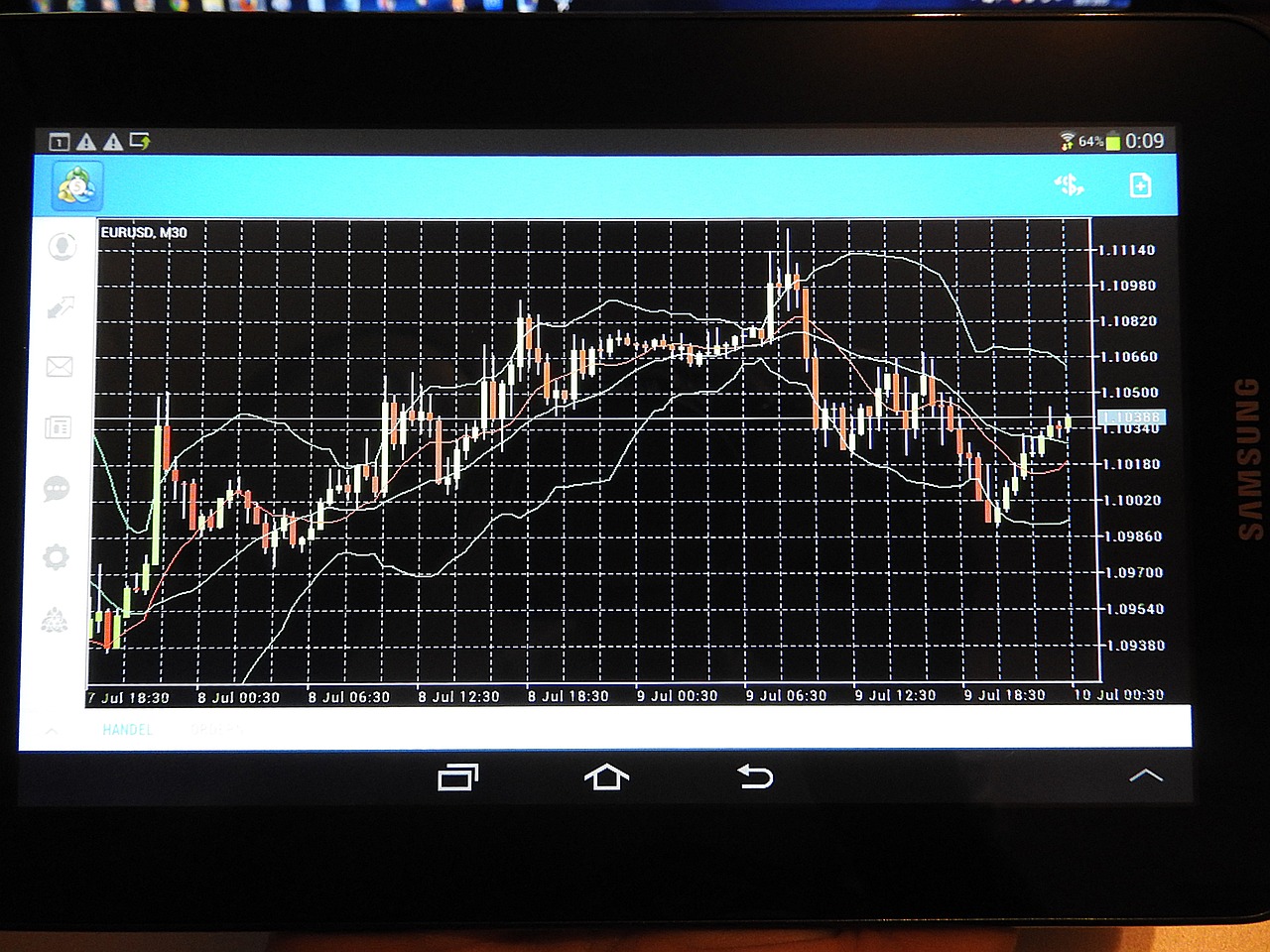
When to Use Limit Orders
Knowing when to use limit orders can significantly enhance your trading strategy and overall effectiveness in the volatile world of cryptocurrency. Limit orders shine brightest during specific market conditions or asset movements, allowing traders to capitalize on price fluctuations without constantly monitoring the market. But how can you identify these moments?
Firstly, consider placing a limit order when you're observing a strong trend in the market. For instance, if you notice a cryptocurrency consistently rising in price, you might want to set a limit buy order slightly below the current market price. This way, you can potentially snag the asset at a lower price before it continues to climb. Conversely, if an asset is in a downward trend, setting a limit sell order above the current price could help you exit your position profitably before the price drops further.
Another critical moment to use limit orders is during periods of high volatility. Cryptocurrencies can experience rapid price swings, and using limit orders allows you to establish your desired entry or exit points without the risk of making impulsive decisions based on emotion. It’s like having a safety net; you set your limits, and the market does the work for you while you sit back and relax.
Additionally, limit orders can be particularly beneficial when you're trading less liquid assets. In these situations, the price can fluctuate dramatically with minimal trading volume. By using limit orders, you can avoid the pitfalls of slippage, which occurs when the market price moves away from your expected execution price. This is especially crucial for traders who may not have the luxury of time to monitor their trades constantly.
In summary, the best times to use limit orders include:
- When a clear market trend is observed.
- During periods of high volatility.
- When trading less liquid assets.
By strategically placing limit orders at these opportune moments, you can enhance your trading efficiency and take control of your trading destiny.
1. What is a limit order?
A limit order is an order to buy or sell a cryptocurrency at a specific price or better. It gives traders more control over their trades compared to market orders.
2. How does a limit order work?
When you place a limit order, it will only execute at your specified price or a more favorable price. For example, if you set a limit buy order at $50, the order will only execute if the price drops to $50 or lower.
3. Can limit orders be canceled?
Yes, limit orders can be canceled at any time before they are executed, allowing you to adjust your strategy as market conditions change.
4. What are the risks associated with limit orders?
The primary risk is that your order may not be executed if the market price never reaches your specified limit, which could result in missed trading opportunities.
5. Should I use limit orders for all my trades?
While limit orders are beneficial in many situations, they may not be suitable for all trades. It’s essential to assess the market conditions and your trading strategy before deciding.

How to Place a Limit Order
Placing a limit order on a cryptocurrency exchange is a straightforward process that can significantly enhance your trading experience. First, you need to log in to your chosen exchange platform. Whether you're a seasoned trader or a newbie, understanding how to navigate the exchange interface is crucial. It’s like learning to ride a bike; once you get the hang of it, it becomes second nature!
Once you’re logged in, look for the trading section of the platform. Here, you’ll typically find options for different types of orders, including market and limit orders. To place a limit order, you’ll need to specify two key components: the price at which you want to buy or sell the asset and the quantity of the asset you wish to trade. It's essential to choose a price that reflects your trading strategy and market conditions. Think of it like setting a target in a game; you want to aim for a score that’s achievable yet rewarding.
Here’s a simple breakdown of the steps involved in placing a limit order:
- Select the Trading Pair: Choose the cryptocurrency pair you want to trade, such as BTC/USD or ETH/BTC.
- Choose Limit Order: Click on the limit order option to set your parameters.
- Set Your Price: Enter the price at which you want to buy or sell the asset. This is your target price.
- Enter Quantity: Specify how much of the asset you want to trade.
- Review and Confirm: Double-check your order details and confirm the order. Make sure everything looks good before hitting that final button!
After placing your limit order, it will sit in the order book until the market reaches your specified price. This can be a powerful tool because it allows you to trade without constantly watching the market. However, keep in mind that there’s no guarantee your order will be executed, especially in highly volatile markets where prices can swing dramatically. In essence, your limit order is like a fishing line waiting for the right catch; sometimes, you have to be patient!
Moreover, it’s wise to familiarize yourself with the specific features of your chosen exchange. Different platforms may offer unique customization options for limit orders, such as setting time frames or triggers for execution. For instance, some exchanges allow you to set a limit order that only executes if a certain market condition is met. This can be incredibly beneficial for traders who want to automate their strategies without constant oversight.
In conclusion, placing a limit order is a key skill for any cryptocurrency trader. By taking the time to understand the process and the various features available on your exchange, you can maximize your trading efficiency and control over your investments. Just remember, like any good strategy, it requires a mix of patience, knowledge, and a bit of luck!
1. What is a limit order?
A limit order is an order to buy or sell a cryptocurrency at a specific price or better. It gives you control over the price at which your trades are executed.
2. How does a limit order differ from a market order?
A market order executes immediately at the current market price, while a limit order waits until the market reaches your specified price.
3. Can I cancel a limit order?
Yes, most exchanges allow you to cancel limit orders as long as they haven’t been executed yet.
4. Are there any risks associated with limit orders?
While limit orders can help manage risk, they also carry the risk of not being executed if the market price doesn’t reach your limit price.
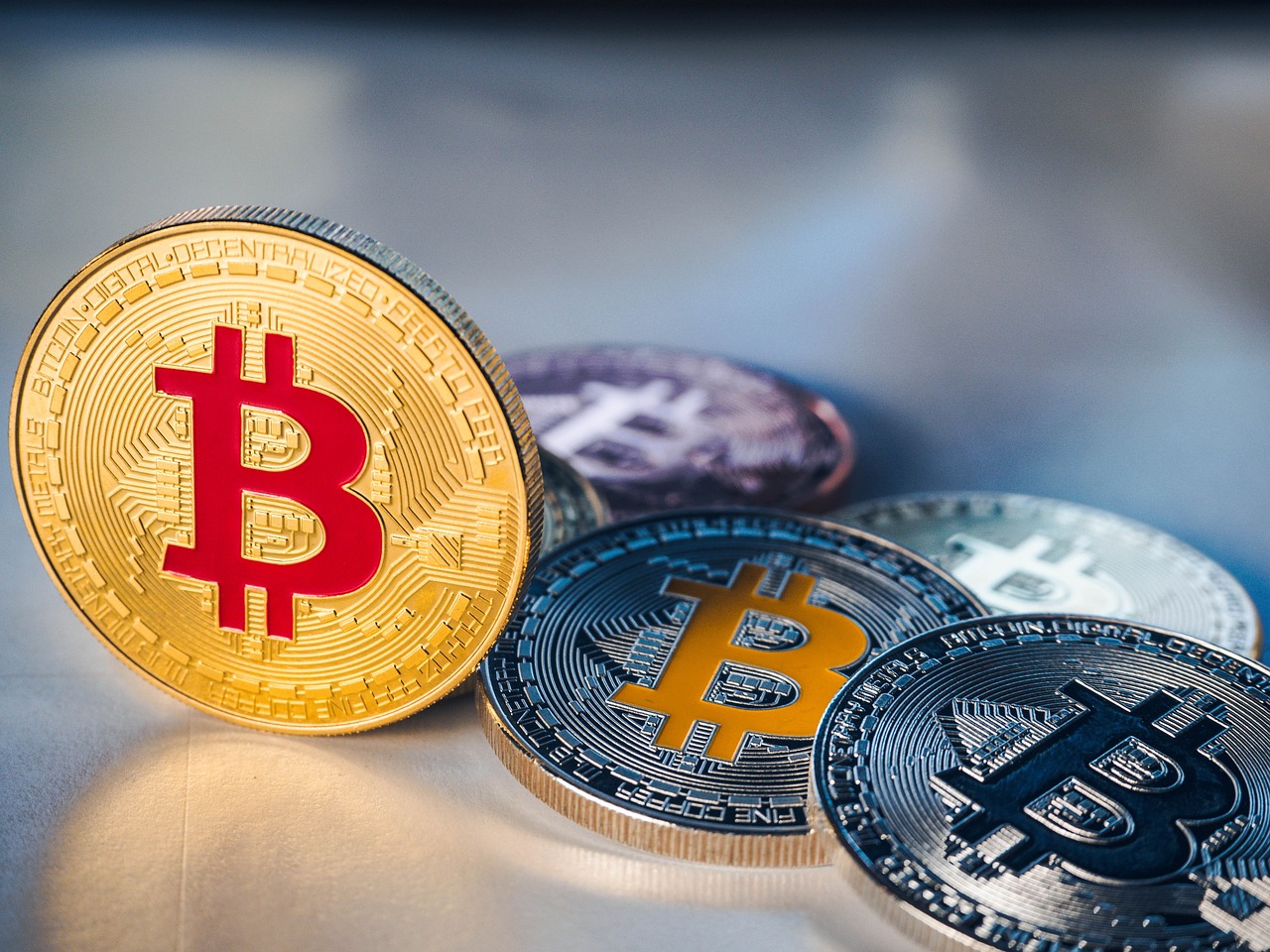
Choosing the Right Exchange
When it comes to trading cryptocurrencies, choosing the right exchange is like picking the best tool for a job; it can make all the difference in your trading experience. With so many exchanges available, each with its own unique features and interfaces, it’s crucial to find one that aligns with your trading style and needs. Think of it as choosing a restaurant; you wouldn’t want to dine at a place that doesn’t serve your favorite dish, right?
First and foremost, consider the user interface. A clean, intuitive layout can significantly enhance your trading experience. If you find yourself squinting at confusing charts or struggling to navigate through endless menus, it might be time to look for an exchange that offers a more user-friendly design. After all, you want to focus on making smart trades, not deciphering a complex interface.
Next, pay attention to the fees associated with trading on the platform. Different exchanges have varying fee structures, including trading fees, withdrawal fees, and deposit fees. It’s essential to understand these costs upfront, as they can eat into your profits. For instance, some exchanges might offer lower trading fees but charge higher withdrawal fees, while others might have a flat fee structure. Here’s a quick comparison table to illustrate:
| Exchange | Trading Fee | Withdrawal Fee |
|---|---|---|
| Exchange A | 0.1% | $1.00 |
| Exchange B | 0.2% | $0.50 |
| Exchange C | 0.15% | $2.00 |
Another crucial factor is the security features of the exchange. With the rise of cyber threats, ensuring the safety of your assets should be a top priority. Look for exchanges that offer two-factor authentication (2FA), cold storage for funds, and a solid reputation in the industry. You wouldn’t leave your front door wide open when you leave the house, so why would you leave your crypto assets vulnerable?
Additionally, consider the available cryptocurrencies. Some exchanges offer a wide range of altcoins, while others may only list the major players like Bitcoin and Ethereum. If you’re interested in trading lesser-known cryptocurrencies, make sure the exchange you choose supports them. It’s like going to a grocery store; if they don’t carry your favorite snacks, you’ll have to look elsewhere!
Lastly, take a moment to check the customer support options available. A responsive support team can be a lifesaver when you encounter issues or have questions. Look for exchanges that offer multiple support channels, such as live chat, email, and phone support. After all, you wouldn’t want to be left hanging when you need help, right?
In summary, choosing the right exchange involves a combination of factors including user interface, fees, security, available cryptocurrencies, and customer support. By carefully evaluating these elements, you can set yourself up for a more efficient and enjoyable trading experience. Remember, the right exchange is out there waiting for you!
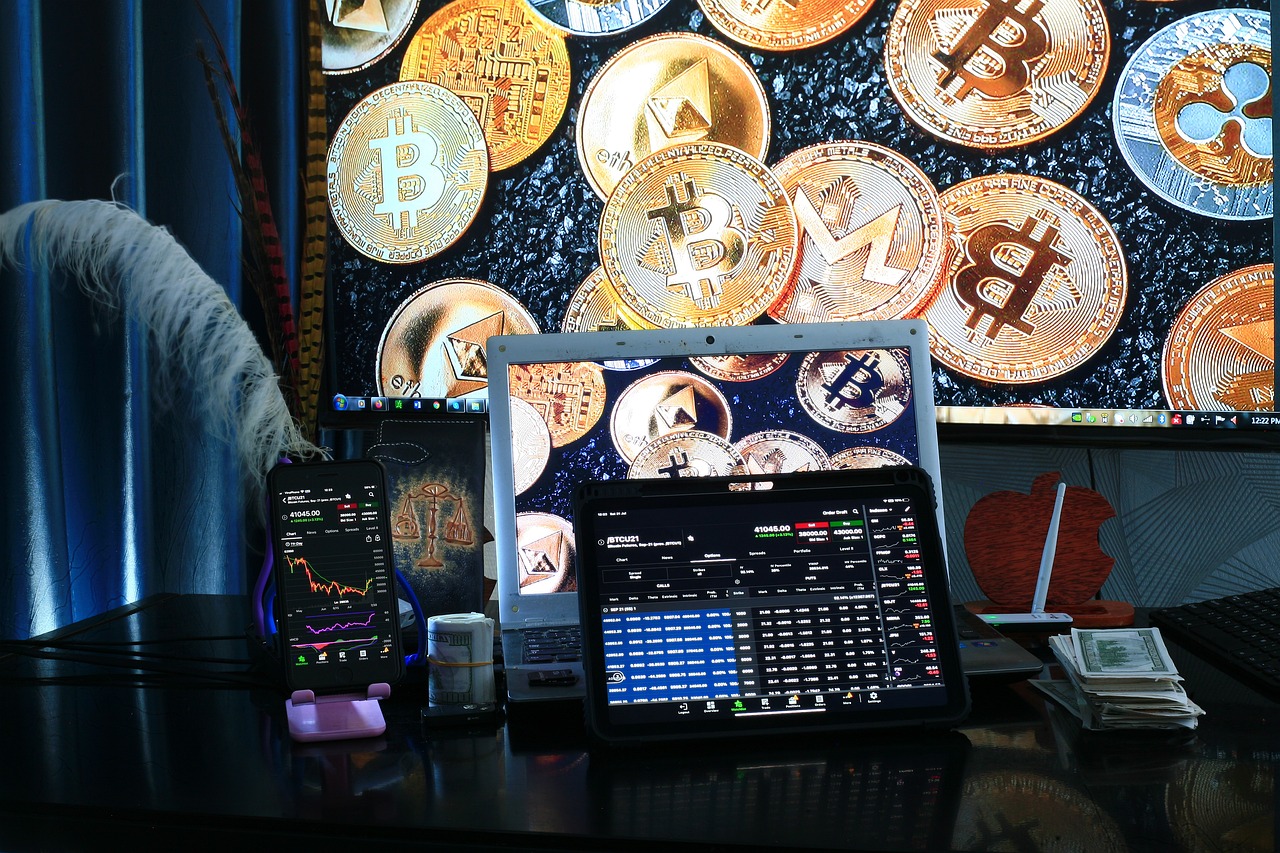
Order Types and Customization
When it comes to trading cryptocurrencies, understanding the different order types available can significantly enhance your trading strategy. Limit orders are just one piece of the puzzle; many exchanges offer a variety of order types that can be customized to fit your specific trading needs. Let’s dive into some of the most common order types and how you can tailor them for maximum efficiency.
One of the most popular order types aside from limit orders is the stop-limit order. This order combines the features of a stop order and a limit order. Essentially, it allows you to set a stop price that, once reached, triggers a limit order at a specified price. This is particularly useful for traders looking to protect profits or limit losses without constantly monitoring the market.
Another option is the take-profit order, which is designed to automatically close a position once it reaches a certain profit level. This can help you secure gains without having to watch the market continuously. You can set these orders in conjunction with limit orders to create a comprehensive trading strategy that allows you to capitalize on price movements effectively.
Many exchanges also allow for conditional orders, which can be customized with specific parameters. For instance, you might set an order to execute only if the price moves within a certain range or if another asset reaches a predefined threshold. This level of customization can help you navigate the often volatile crypto market more effectively.
Here’s a quick table summarizing some of the most common order types and their functionalities:
| Order Type | Description |
|---|---|
| Limit Order | Buy or sell an asset at a specific price or better. |
| Stop-Limit Order | Triggers a limit order when a set stop price is reached. |
| Take-Profit Order | Closes a position when a specified profit level is achieved. |
| Conditional Order | Executes based on specific market conditions or triggers. |
Customizing these orders can be as simple as adjusting the prices or as complex as setting multiple conditions for execution. The key is to understand how each type works and how they can be combined to fit your trading style. For example, you might use a stop-limit order to minimize losses while simultaneously placing a take-profit order to lock in gains. This layered approach can provide a safety net in the unpredictable world of cryptocurrency trading.
In conclusion, the ability to customize order types is a powerful tool in any trader's arsenal. By understanding and utilizing these various order types, you can enhance your trading strategy, reduce risks, and improve your overall trading experience. So, take the time to familiarize yourself with the options available on your chosen exchange, and don't hesitate to experiment with different configurations to find what works best for you!
- What is a limit order? A limit order allows traders to specify the price at which they want to buy or sell an asset, providing greater control over trade execution.
- How do I set a stop-limit order? To set a stop-limit order, you need to specify both the stop price and the limit price on your trading platform.
- Can I cancel a limit order? Yes, most exchanges allow you to cancel limit orders at any time before they are executed.
- What is slippage? Slippage occurs when the execution price of a trade differs from the expected price, often due to market volatility.

Common Mistakes to Avoid
When trading cryptocurrencies using limit orders, it’s essential to be aware of common pitfalls that can hinder your trading success. One of the most significant mistakes traders make is setting unrealistic prices. This happens when you place a limit order far from the current market price, thinking that your desired price will be reached shortly. Unfortunately, this often leads to missed opportunities and unexecuted trades. Imagine trying to catch a bus that’s already left the station; no matter how fast you run, you’re just not going to make it. Similarly, if your limit order is too far off, it may never get filled.
Another critical mistake is neglecting market trends. The cryptocurrency market is notoriously volatile, and prices can change rapidly. If you set a limit order without considering the current market conditions, you might find yourself in a position where your order doesn’t make sense anymore. For instance, if you place a limit order to buy Bitcoin at a price that was valid yesterday but today’s market is on a downward trend, you could be waiting a long time for that order to execute. Staying informed about market movements is crucial; it’s like having a compass while navigating through a dense forest—you need to know where you’re going.
Additionally, failing to monitor your limit orders can lead to missed opportunities. Markets can shift dramatically, and an order that seemed reasonable at one moment may become obsolete in the next. It’s essential to regularly check your orders and adjust them as necessary. Think of it like gardening; if you plant seeds and then ignore them, you might end up with weeds instead of flowers. Regularly tending to your limit orders ensures they are still aligned with your trading strategy.
Lastly, over-complicating your strategy can also be detrimental. While it’s great to have a sophisticated approach, sometimes simplicity is key. Trying to set too many conditions or triggers for your limit orders can lead to confusion and mistakes. Instead, focus on a few straightforward strategies that work for you. Just like cooking, sometimes the best meals come from simple recipes rather than overly complicated ones.
- What is a limit order? A limit order is a type of order to buy or sell a cryptocurrency at a specified price or better.
- How do I place a limit order? To place a limit order, select the cryptocurrency you want to trade, enter your desired price and quantity, and confirm the order on your exchange platform.
- Can limit orders be canceled? Yes, you can cancel limit orders before they are executed, provided that they are still open.
- What happens if my limit order isn’t filled? If your limit order isn’t filled, it will remain open until the market price reaches your specified limit or until you cancel it.
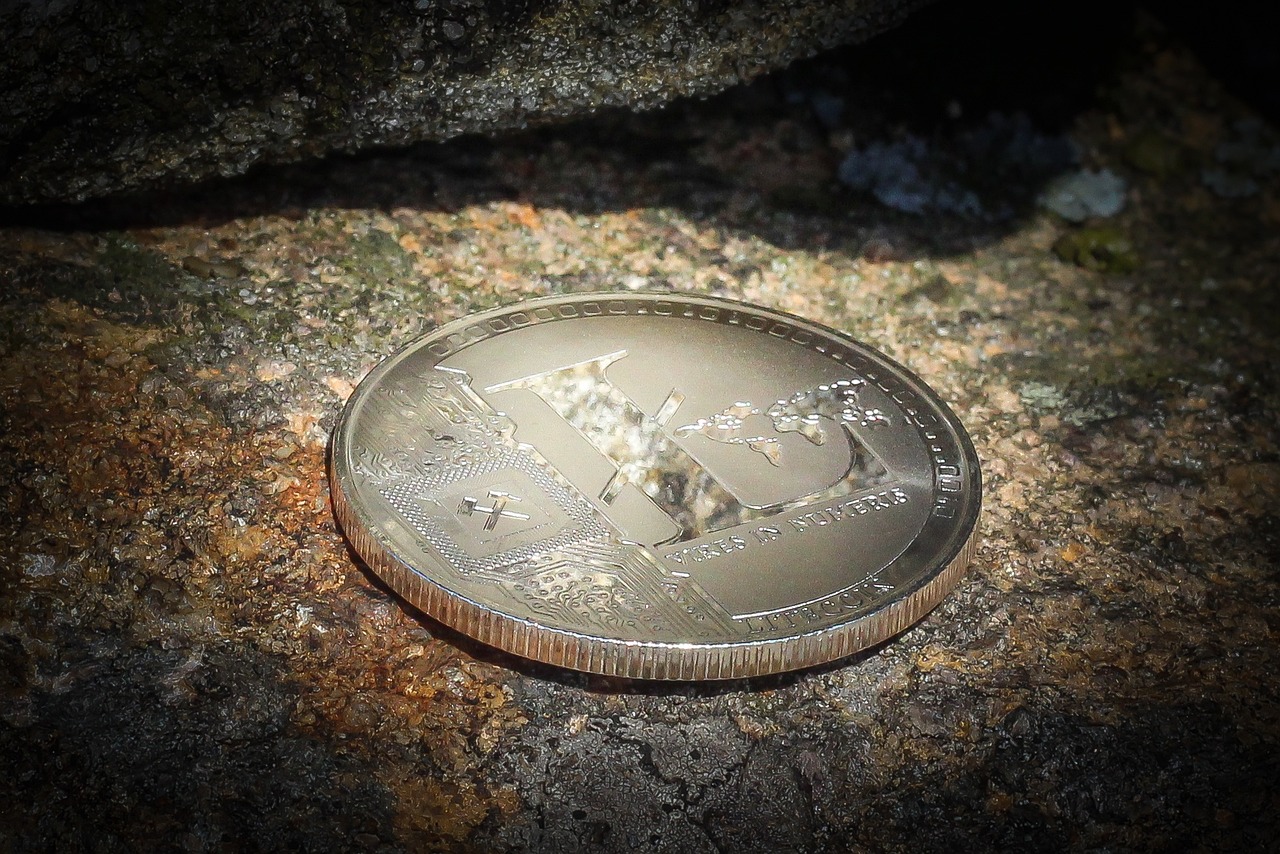
Setting Unrealistic Prices
When it comes to placing limit orders in cryptocurrency trading, one of the most common mistakes traders make is setting unrealistic prices. Imagine you're at a flea market, and you see a beautiful antique vase. You know it’s worth $100, but you decide to offer $10, thinking the seller might bite. What usually happens? You miss out on the vase because your offer was simply too low. The same principle applies to limit orders.
Setting a limit order at a price that is significantly higher or lower than the current market price can lead to missed opportunities. For instance, if Bitcoin is trading at $30,000, and you place a limit buy order at $25,000, you might think you're being savvy by waiting for a dip. However, if the market doesn't reach your target price, your order will remain unexecuted, leaving you on the sidelines while others capitalize on price movements.
Additionally, it's essential to consider the market volatility when setting your limit prices. Cryptocurrencies are known for their wild price swings. A price point that seems reasonable one moment can quickly become unrealistic as the market shifts. Therefore, it's crucial to regularly analyze market trends and adjust your limit orders accordingly. Here are some tips to avoid setting unrealistic prices:
- Research Market Trends: Keep an eye on price movements and historical data to help inform your limit order prices.
- Set Reasonable Targets: Aim for prices that reflect the current market conditions rather than arbitrary numbers.
- Use Technical Analysis: Familiarize yourself with chart patterns and indicators to better gauge potential price movements.
In summary, setting realistic prices for your limit orders is crucial for effective trading. By understanding market conditions and avoiding the temptation to set unrealistic targets, you can enhance your trading strategy and seize opportunities as they arise. Remember, the goal is to strike a balance between ambition and practicality, ensuring that your trades align with market realities.
- What is a limit order? A limit order allows traders to specify the exact price at which they want to buy or sell an asset.
- How do I know what price to set for my limit order? Analyze market trends, historical data, and consider current price movements to set a reasonable target.
- Can I change my limit order after placing it? Yes, most exchanges allow you to modify or cancel your limit orders as needed.
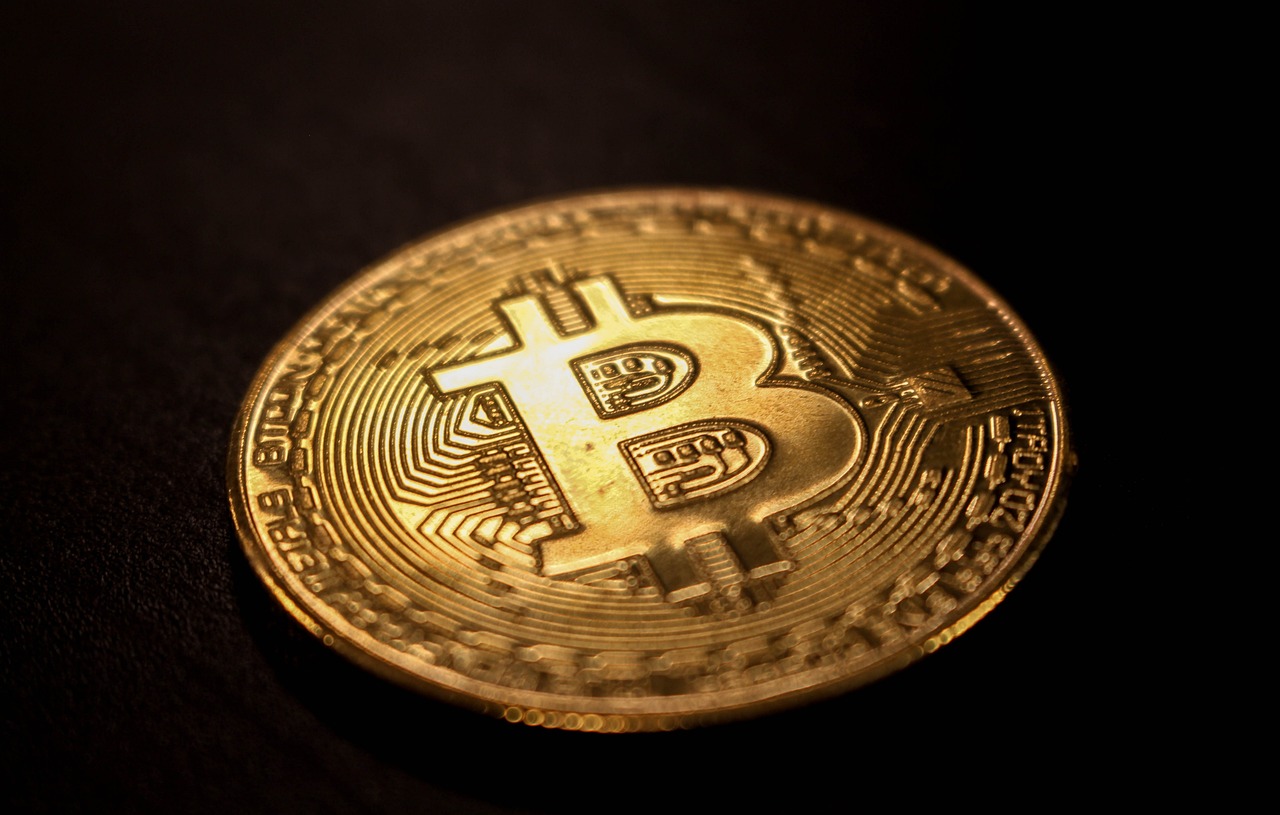
Neglecting Market Trends
In the fast-paced world of cryptocurrency trading, one of the biggest mistakes traders can make is . Imagine trying to sail a boat without checking the wind direction; you could end up far from your intended destination. Similarly, ignoring market trends can lead to ineffective limit order strategies and missed opportunities. When you set a limit order without considering the current market conditions, it’s like throwing a dart blindfolded and hoping it hits the bullseye.
Market trends provide valuable insights into the potential direction of asset prices. If you’re not paying attention, you might set a limit order that’s too far removed from the current market price, which can result in unexecuted trades. For example, if the market is on an upward trend and you place a limit sell order at a price significantly lower than the current price, you’re essentially asking for a trade that may never happen. On the other hand, if you place a buy order during a downtrend without recognizing the potential for further price drops, you might find yourself buying at a peak.
To effectively utilize limit orders, it’s crucial to stay informed about market movements. Here are a few strategies to help you keep your finger on the pulse of the market:
- Follow Market News: Stay updated with the latest news and developments in the cryptocurrency space, as they can significantly impact market trends.
- Use Technical Analysis: Familiarize yourself with chart patterns and indicators that can help predict price movements.
- Monitor Social Sentiment: Pay attention to community discussions and sentiment on platforms like Twitter and Reddit, as they can provide insights into potential market shifts.
In conclusion, neglecting market trends can severely hinder your trading success. By actively monitoring the market and adjusting your limit orders accordingly, you can enhance your trading strategy and improve your chances of executing trades at favorable prices. Remember, the crypto market is notoriously volatile, and being proactive rather than reactive can make all the difference in your trading journey.
1. What is a limit order?
A limit order is a type of order to buy or sell a cryptocurrency at a specified price or better. This gives traders more control over their trades compared to market orders.
2. How do I set a limit order?
To set a limit order, you need to choose the desired price and quantity on your trading platform. Once you've entered this information, you can submit the order for execution when the market reaches your specified price.
3. Can limit orders guarantee execution?
No, limit orders do not guarantee execution. If the market price does not reach your specified limit price, your order will remain unfilled.
4. What are the risks of using limit orders?
The main risks include missing out on trades if the market moves quickly past your limit price and the possibility of setting limit prices that are unrealistic based on current market conditions.
Frequently Asked Questions
- What is a limit order in cryptocurrency trading?
A limit order is a type of order that allows traders to set a specific price at which they want to buy or sell a cryptocurrency. This gives you more control over your trades compared to market orders, which execute immediately at the current market price.
- How do limit orders help in managing risk?
Limit orders help manage risk by allowing you to specify the exact price at which you are willing to buy or sell. This means you can avoid making impulsive decisions and protect yourself from unfavorable market prices, especially in volatile conditions.
- When should I use a limit order?
You should consider using a limit order when you want to enter or exit a position at a specific price point rather than the current market price. This is particularly useful during market trends or when you anticipate significant price movements.
- Can I customize my limit orders?
Yes! Many crypto exchanges offer customizable limit order types. You can set conditions such as time frames or specific triggers for execution, allowing you to tailor your trading strategy to your preferences.
- What are common mistakes to avoid with limit orders?
Common mistakes include setting unrealistic prices far from the current market price, which can result in missed opportunities, and neglecting market trends, which may lead to ineffective trading strategies.
- Do limit orders guarantee execution?
No, limit orders do not guarantee execution. They will only be executed if the market reaches your specified price. If the market never reaches that price, your order will remain unfilled.
- How do I place a limit order on a crypto exchange?
To place a limit order, select the cryptocurrency you want to trade, enter your desired price and quantity, and then confirm the order. The process is usually straightforward, but be sure to familiarize yourself with the specific exchange's interface.













